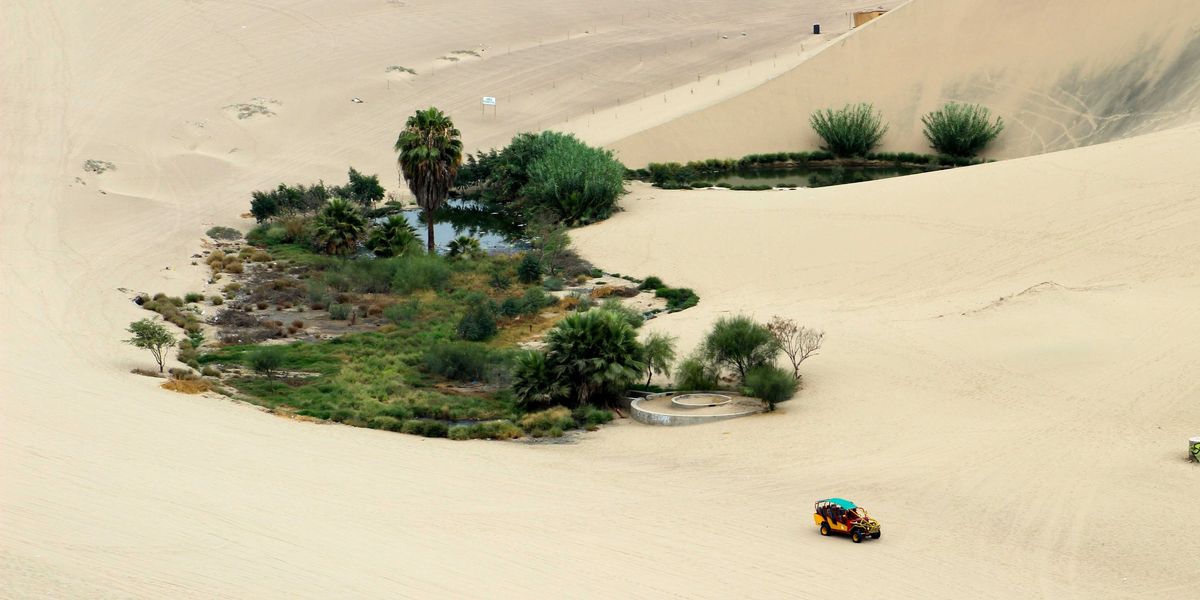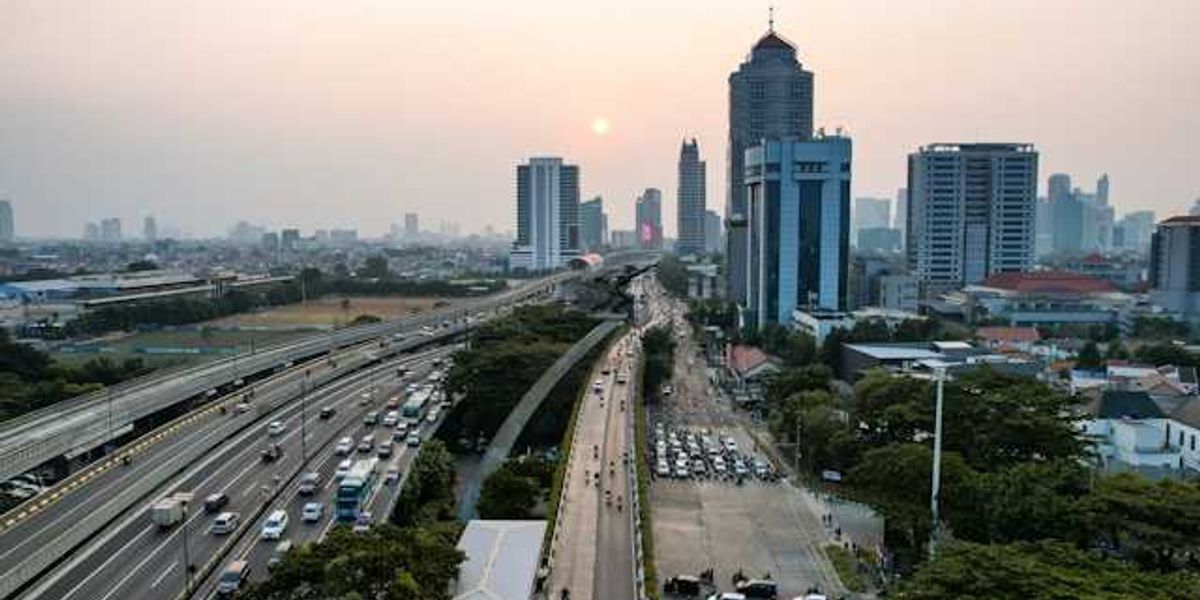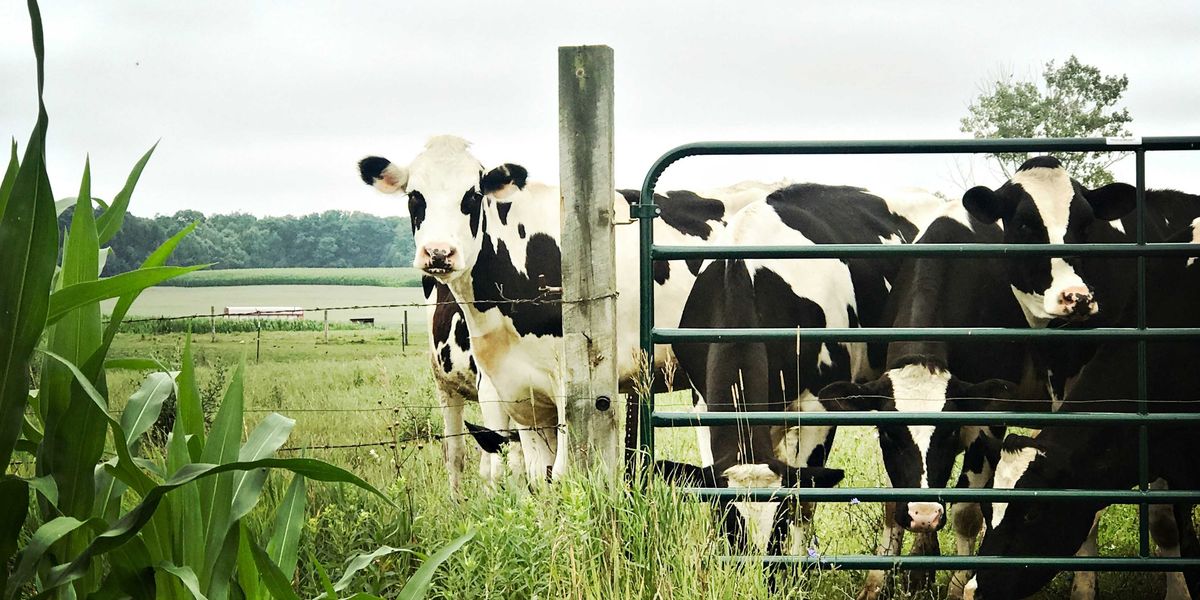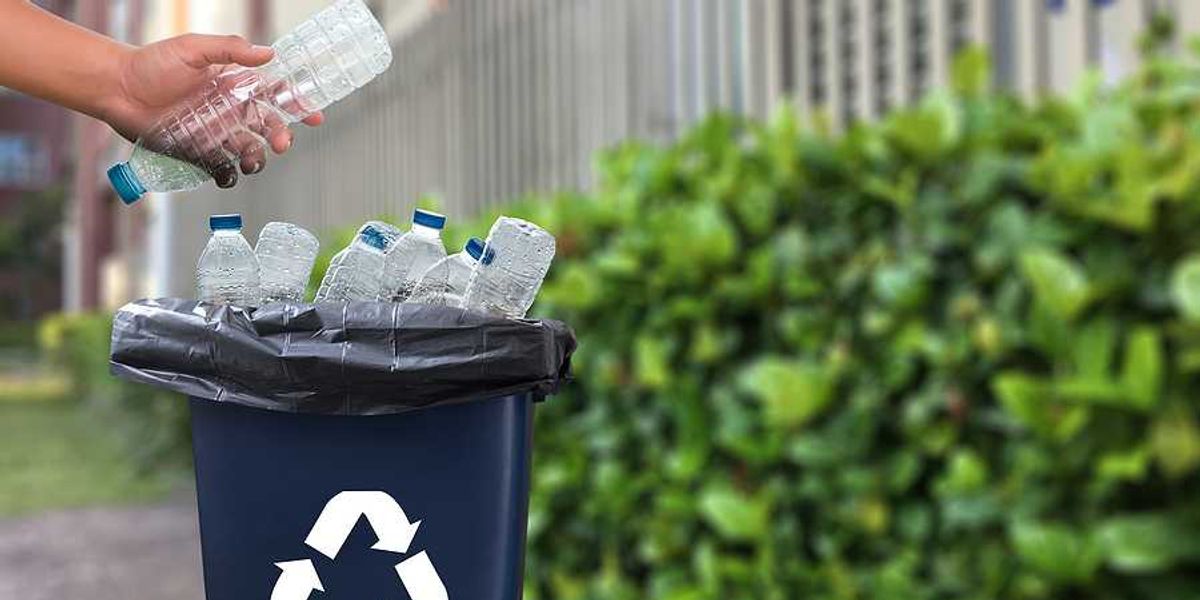Heat waves scramble disease risks in ways we’re just starting to understand
Scientists are learning that heat waves can supercharge or suppress infectious diseases depending on when, where, and how they hit.
Liza Gross reports for Inside Climate News.
In short:
- A new study from Trinity College Dublin shows that heat waves can dramatically change how parasites behave, depending on temperature timing, duration, and severity.
- The findings highlight how climate-driven temperature swings could reshape disease dynamics across ecosystems — and potentially in people.
- U.S. cuts to research into infectious disease and climate change threaten the ability to respond effectively.
Key quote:
“We’re taking two hits. They’re backing off on climate science funding and they’re selectively targeting infectious disease funding and pandemic preparedness.”
— Peter Hotez, National School of Tropical Medicine at Baylor College of Medicine
Why this matters:
Scientists are uncovering the unpredictable ways climate change — and specifically heat waves — can alter disease dynamics. These shifts can influence not only the severity and spread of infectious diseases but also their geographic range, potentially bringing once-rare tropical illnesses to temperate zones, including parts of the United States and Europe.
The research shows that there is no one-size-fits-all outcome: The effects of heat waves on disease vary depending on multiple factors like timing and baseline temperature. This complexity poses major challenges for forecasting and controlling outbreaks, especially in a world where both the environment and pathogens are changing rapidly. Political decisions — like the Trump administration’s cuts to infectious disease and climate research — have weakened the very scientific infrastructure needed to respond.
Read more:













